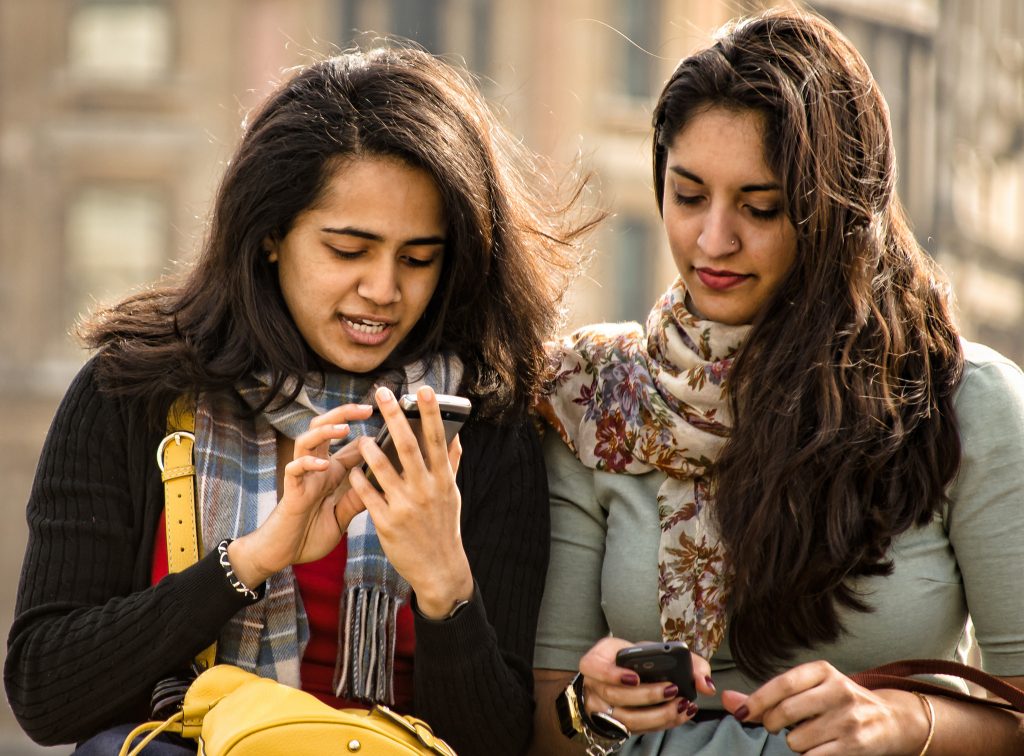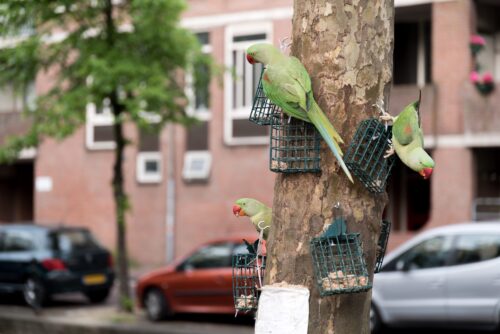How Real Are You on Facebook?

I recently went to a wedding where a couple politely excused themselves from the reception, saying they needed to get home to relieve the babysitter. The next day a photo popped up on my Facebook news feed of the same couple sipping champagne at another party later that night—posted, and tagged, not by the departing couple but by one of their friends. This was now a very public faux pas. I wondered what the bride and groom would think.
In the early days of social media, the internet was thought of as a completely separate “space.” Virtual identities were often pseudonyms or avatars, and people were free to change their gender, age, or personality as they liked. The internet world had little overlap with the real world.
Things have changed. Today, digital interactions melt into face-to-face meetings and vice versa. Our “real” and “virtual” identities have become less distinct. The version of our self that we present on Facebook—the world’s most popular social networking site, with 1.55 billion active users—is increasingly more “real.” But most people—like the wedding escapees—don’t give enough thought to whom they are allowing to author their identity.
In the “real” world, we have a spectrum of relationships—from close confidantes to friends to acquaintances. We show different faces at various times depending on the circumstances, and we even tell white lies to maintain these impressions. But in the “virtual” world of Facebook, those boundaries are blurred, or even nonexistent. Facebook was initially set up to have only one kind of “friend,” so each person you accepted as a friend would see all of your posts. For the last number of years, the site has been expanding its options for sorting by “close friends,” “acquaintances,” and other groups, such as those based on region or educational institution, so users can shape their news feeds and make targeted postings. But this doesn’t seem to be a popular feature. I suspect it’s simply too time-consuming for people to maintain.
The ethnographer danah boyd (who spells her name with lowercase letters), one of the earliest researchers of social lives online, refers to “social convergence” in social networking sites. Social convergence, she argues, occurs when multiple social worlds merge. This results in “context collapse,” meaning social media sites bring together different social contexts simultaneously. It’s like trying to comfortably chat with your mother, bar buddy, work colleague, and ex-boyfriend at the same time. Boyd, who founded Data & Society, is a principal researcher with Microsoft Research and the author of It’s Complicated: The Social Lives of Networked Teens.
Some new social problems have emerged as a result of these melded social circles. Should I tag my friend Jo in a photo I post on Facebook if I know that my friend Ben dislikes her? If I don’t tag her, will she be offended? Even if I don’t post an update, do I need to ask Jo not to tag me in one of her updates because I’m concerned about Ben’s possible reaction?
In one 2012 study, researchers used focus group data to come up with 36 “rules” of Facebook friendship, many of which are about impression management. One of those rules is: “Project yourself in a manner others would want to be associated with.” Another rule is: “Always realize that Facebook can expose lies you have told people.”
It’s like trying to comfortably chat with your mother, bar buddy, work colleague, and ex-boyfriend at the same time.
In many ways Facebook friendship is the same as real-world friendship. The 36 rules emphasize making our friends look good and expecting the same in return. Apart from Facebook, we expect friends to defend our reputation if someone is disparaging us. And we expect them to reflect well on us in social situations by presenting their best selves. When introducing a new friend to a parent or loved one, we expect them to try to be polite, likeable, and interesting.
One thing that differs with Facebook friendships is the heavy weight placed on the presentation of a positive image. Friendship in the offline world is more complex than that, and it carries more serious duties. We expect friends to listen seriously to our complaints and worries, to support us, and to understand when we do things that are not so polite, likeable, or interesting. Online, being a “good friend” more commonly means maintaining someone’s “happy person” construct.
Bernie Hogan, a research fellow at the Oxford Internet Institute, urges us to regard friendships on social networking sites as relationships of access, not of intimacy, affection, or emotional attachment. Becoming friends on Facebook, he says, really means gaining viewing and publishing rights to someone’s identity “performances.”
In face-to-face settings, we often have more control over our identity because we can tailor how we present ourselves in a given social situation. If we have friends with us, they too adjust what information they share based on who is present. And, just like us, they are conscious of the social repercussions of revealing something that is inappropriate to a specific audience. But online, a friend might post a photo of your wild night out with her, and it becomes instantly visible to your mother and your boss. It’s a rare friend who would intentionally show such a photo to an unsuitable audience in real life. The digital equivalent of “a slip of the tongue”—like posting a photo of a couple and ruining their socially acceptable alibi—happens easily and often. And it’s less likely to go unnoticed in a format where everything is written down and broadcasted to a converged network.
When you accept a friend request online, remember that you are merging this new person’s world with your own. You are granting your new “friend” publishing rights to your own social identity.































